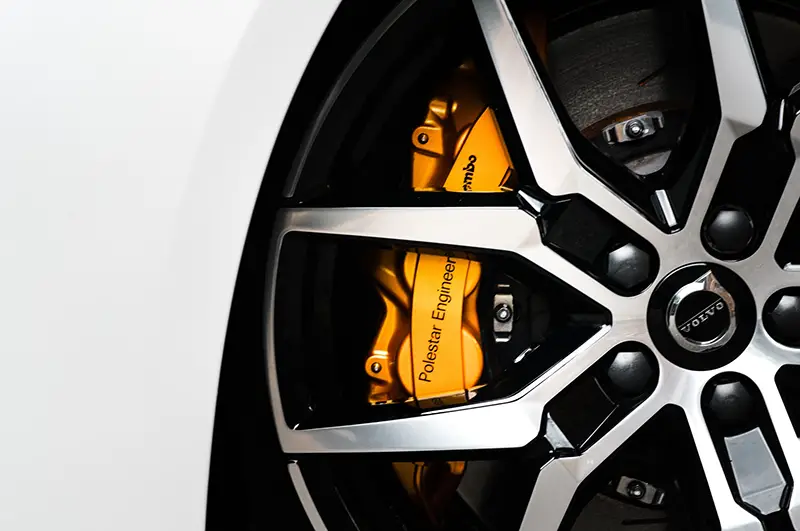Click here to get this post in PDF
Over the years, steel has remained the key component in the automotive industry. Outlining the progress of research in the development of alloy steel, the studies have also shown that alloy steel is the most important element to the automotive industry. These elements have also come out as affordable components ensuring longer life and variability in strength levels while meeting the increasingly stringent engineering needs.
The application of steel is not only in vehicle bodies but also in the engine, chassis, wheels, and many other components. Therefore, make sure when you add these elements to the vehicle, choose an alloy that does not change the composition of the vehicle materially. A proper application aims to demonstrate weight reduction, enhanced fuel efficiency, and improvements in strength, stiffness, and other structural performance characteristics.
During bending and torsion, both material and shape are important parameters that account for the efficiency of the component to carry the applied load. For bending, the elastic-plastic transition is a blend of shape and material properties. Therefore, before choosing any service for the vehicle you should consider some factors. You can read more here about the factors that can help you to obtain an optimized and balanced solution. Let us have a look at the points for the proper selection of the material.
Stiffness
The elasticity and geometry of the material have a direct link with the stiffness of a component. Since the value of elasticity is constant for all steel grades, geometry is the only factor that can be used to improve the stiffness. The steel alloys provide excellent flexibility due to their higher formability for optimizing the stiffness. For high strength steel reduction in gauge can be compensated by the changes in geometry or by continuously using the joining techniques such as laser welding or adhesive bonding.
Strength
The strength of any component is dependent on its yield strength, tensile strength, and geometry of the component. Steel alloys are the elements that offer design flexibility over other materials. They have higher formability and work hardening characteristics, which makes them a better choice for the automotive industry.
Fatigue
Factors such as geometry, thickness, applied loads, and material endurance limit account for the fatigue properties of automotive components. The endurance and survival limit of a material increases with tensile strength. Thus, combining high strength d with superior work hardening and bake hardening, results in a significant development in the as-manufactured strength of high strength steel components. Also, it ensures better fatigue resistance.
Formability
Steel alloys have several advantageous characteristics connected to formability. These alloys are coupled with high strength and hardening ability that ensures stretch. Thus, hiring a service that can provide you with varied steel alloys can give you beneficial effects for your automotive operations.
Due to excellent mechanical properties, steel alloys will continue to play a dominant role in the future. These elements fulfil all the criteria of the material selection viz. stiffness, strength, fatigue, formability, crashworthiness, cost-effectiveness, recyclability, and light-weighting. Because it has excelled its economic price-performance ratios, there has been significant development in producing various types of advanced high strength steel alloys.
You may also like: Electric Cars as the Future of the Automotive Industry
Image Source: Unsplash.com

